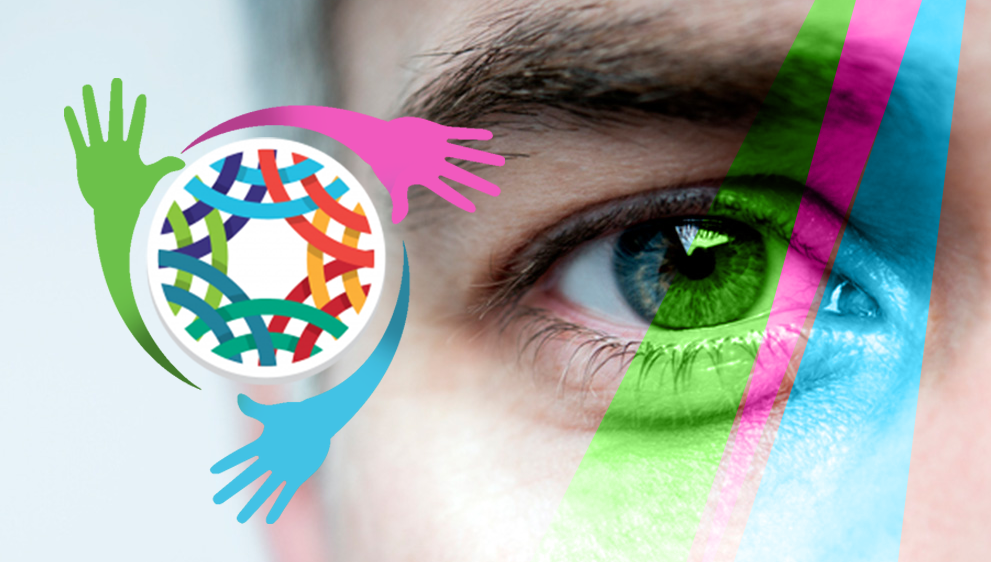Eye Problems in EDS

Ehlers-Danlos syndrome (EDS) refers to a class of rare genetic disorders that affect the connective tissue. These tissues give structure to the skin and organs, muscles and joints.
EDS can potentially affect every system in the body, including the eyes.
Eye problems and EDS
Kyphoscoliotic EDS is the only type of EDS that doctors classically consider to cause eye and vision problems. Patients with this type of EDS generally have vision problems that may require corrective glasses.
A number of smaller studies, however, indicate that vision problems may be more widespread and found across multiple types of EDS.
One such study compared 50 patients with classical EDS to healthy volunteers. Macro and micro analyses of the eyes of each individual found structural changes in the corneas of EDS patients. (The cornea is the clear outer layer of the eye.) Changes in the cornea can cause dry eyes and light sensitivity, as well as a blurry vision — symptoms that many EDS patients report.
In rare cases, the sclera (the white part of the eye) may turn slightly blue in EDS patients.
What symptoms should I watch out for?
If you have EDS, you should talk with an ophthalmologist about an examination for any abnormalities in your eyes. They may request a dilated eye exam, increasing the size of the pupil to examine the back of the eye (the retina, blood vessels, and optic nerve base) for abnormalities.
If retinal abnormalities are found, the doctor will arrange for you to have checkups every three to six months. If you see floaters — odd floating structures or spots that obscure your vision — more frequent exams may be necessary. If you see flashes of light under normal light conditions, you should inform your doctor immediately.
How are eye problems in EDS treated?
No large studies have examined ways of treating vision problems in EDS, or whether some treatments are more effective than others.
Doctors treat eye problems in people with EDS much as they do those without EDS. Patients can use eyeglasses to correct vision to within normal range. It may be possible to treat some structural abnormalities with surgery (such as cornea or lens replacement), but these are generally not recommended for EDS patients. People with this disease often have longer recovery times and do not heal as well as others.
If you have dry or itchy eyes, you can use artificial tears, available at most pharmacies. You can also request a prescription for steroid eye drops.
Last updated: Aug. 5, 2020
***
Ehlers-Danlos News is strictly a news and information website about the disease. It does not provide medical advice, diagnosis, or treatment. This content is not intended to be a substitute for professional medical advice, diagnosis, or treatment. Always seek the advice of your physician or other qualified health providers with any questions you may have regarding a medical condition. Never disregard professional medical advice or delay in seeking it because of something you have read on this website.






